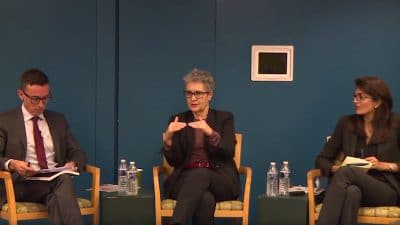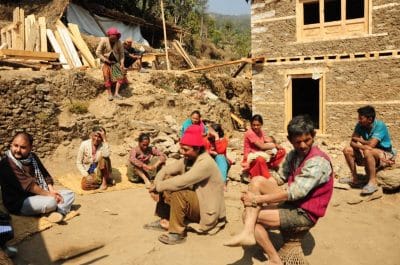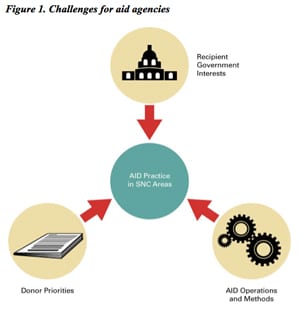Patrick Barron
The State of Conflict and Violence in Asia: Five Surprising Takeaways
October 18, 2017
Blog
The Asia Foundation just released The State of Conflict and Violence in Asia, a new book detailing the levels and impacts of violence in 14 Asian countries. In Asia’s editor asked the research team what surprised them most. [Watch the launch presentation of the report in Washington, D.C.] Gender-based violence kills more women than armed confl… Read more
The State of Conflict and Violence in Asia – Washington, DC Launch
October 18, 2017
How do conflict and violence affect Asia? What are their roots, and how have they evolved within countries over time? What countries are particularly prone to different forms of conflict and violence? To attempt to answer these questions, The Asia Foundation launched The State of Conflict and Violence in Asia, which contains evidence-based analyses… Read more
Dalits Left Behind as Nepal Slowly Recovers
April 19, 2017
Blog
Two years ago, Nepal was hit by two devastating earthquakes. As the country still struggles to recover, evidence from research conducted by The Asia Foundation reveals that Dalits, a section of society traditionally deemed as “untouchable,” and other lower caste groups face particular barriers which have made recovery more challenging. Natural disa… Read more
Subnational Conflict: New Approaches Needed
August 13, 2014
Blog
In last week’s In Asia, I examined how the rise of Asia in recent decades has been accompanied by a growth in deadly subnational conflicts (SNCs). These conflicts are occurring across the continent, including in middle-income and otherwise stable states. Democratization has not been a cure. Asia’s subnational conflicts last twice as long as those elsewhere in the world.




